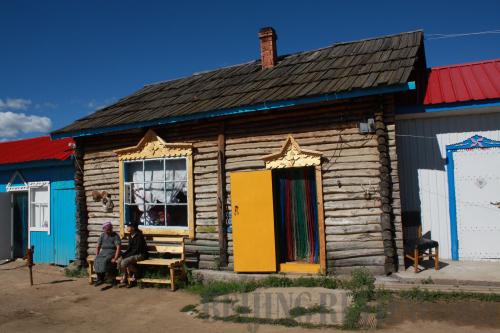|
 |
|
COLOR CODED: A guesthouse in Enhe village provides home comforts to tourists (ERIC LE KHANH) |
Inner Mongolia Autonomous Region makes a crescent arc along China's northern border. On its northernmost tip is Hulun Buir prefecture, famous as the birthplace of Genghis Khan. Sharing borders with both Mongolia and Russia, Hulun Buir is covered with serpentine rivers that draw sensuous curves through verdant grasslands. Its inhabitants are primarily farmers and herders. With over 260,000 square km in area, and 2.7 million inhabitants, this land of desert, steppe, and forests, is one of China's most pristine regions. However, China's rapid development affects even its most remote borderlands. Hulun Buir is changing quickly. Roads are being constructed to connect once isolated villages to larger towns. Dirt paths are replaced with pavement. In step with improving infrastructure is increasing tourism.
In the last five years many middle-class Han Chinese tourists have begun visiting Hulun Buir, often searching for an exotic adventure. Some come independently, driving from neighboring provinces, but most arrive as part of an organized tour. This region, unique for its landscapes and cultural diversity, and home to approximately 230,000 Mongols and 4,700 Russians, now sees more and more tourist buses roaring down its roads.
|